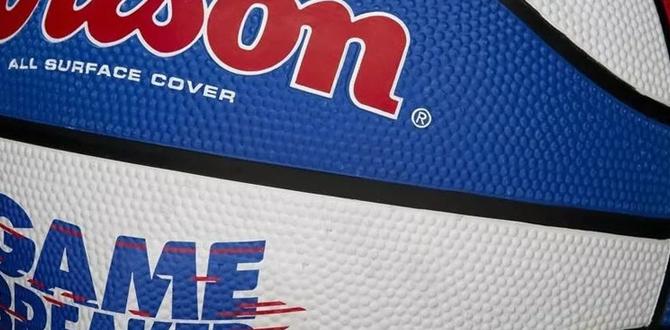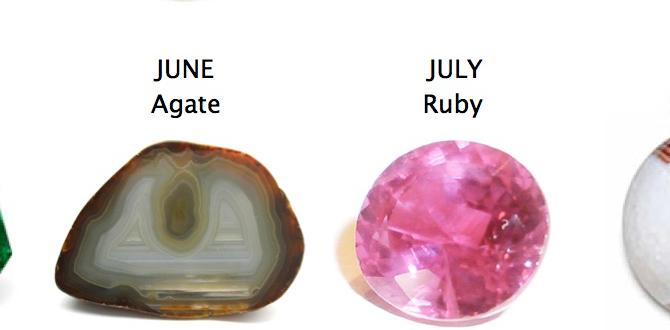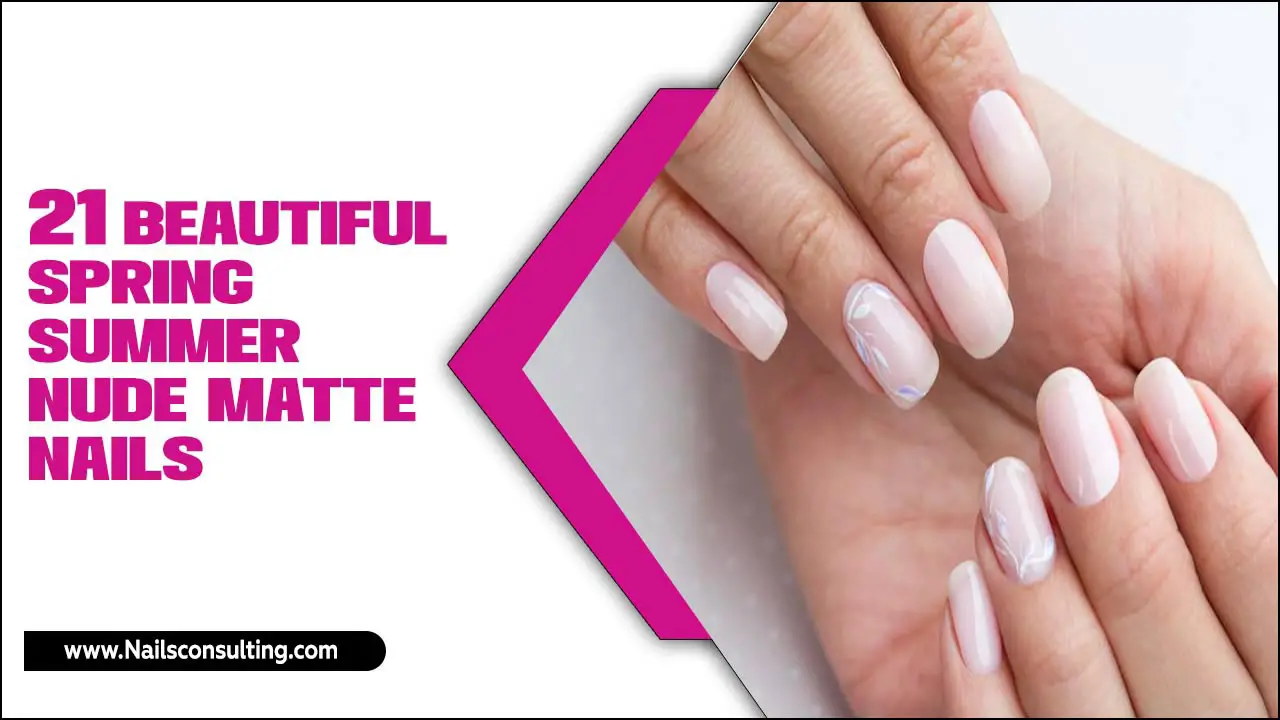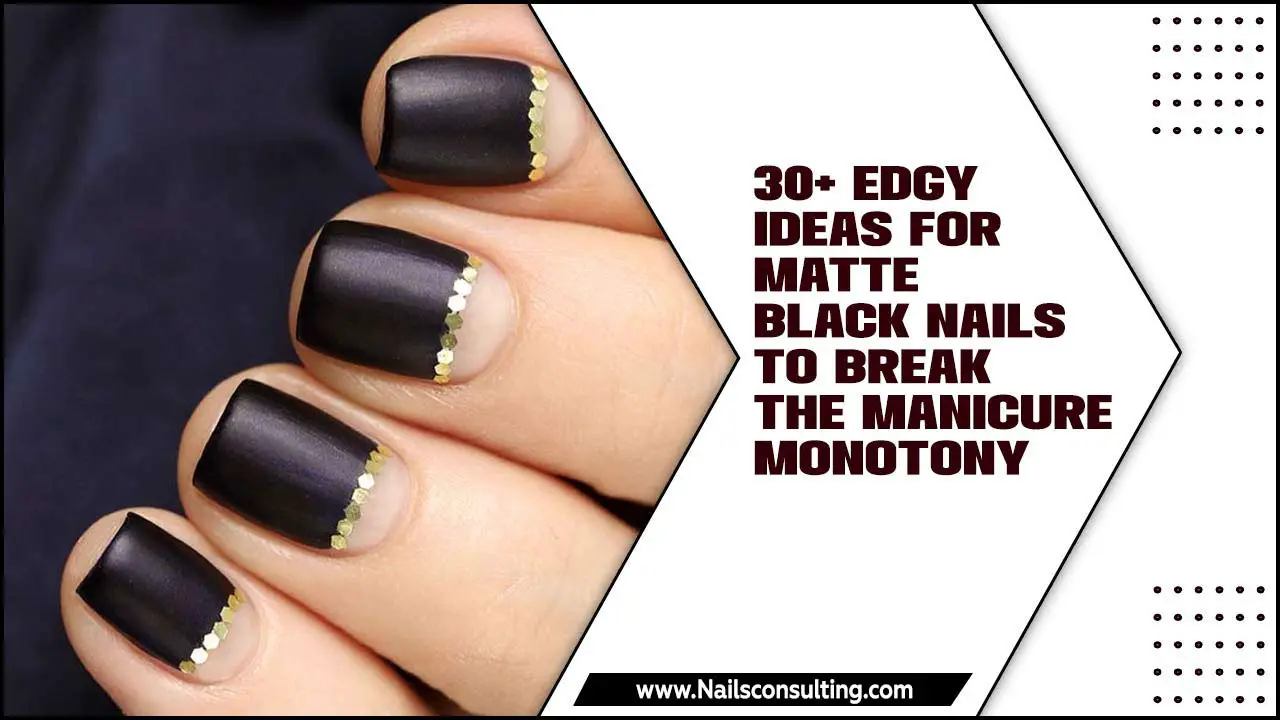Unique nail designs are achievable for everyone! Discover easy techniques, essential tools, and creative ideas to elevate your manicure from simple to stunning. This guide breaks down how to create eye-catching looks that express your personal style, even if you’re a complete beginner.
Ever scroll through Pinterest or Instagram and feel a little intimidated by all those amazing nail designs? You’re not alone! It can seem like creating unique nail art is only for super-talented artists with hours to spare. But trust me, with a few simple tips and the right approach, you can totally rock stunning, one-of-a-kind manicures yourself. It’s all about breaking down the magic into easy steps and finding what feels fun for you.
This guide is your friendly starting point for exploring the wonderful world of unique nail designs. We’ll cover everything from the basic tools you’ll need to simple, yet impressive, design ideas that will have your friends asking, “Where did you get your nails done?!” Get ready to unleash your inner nail artist and express yourself one fabulous nail at a time!
Your Essential Toolkit for Unique Nail Designs
Before we dive into the fun part – the designs! – let’s chat about the tools that will make your nail art journey smoother and more successful. You don’t need a ton of fancy equipment to start. Think of these as your trusty sidekicks for creating amazing looks:
Must-Have Nail Art Essentials:
- Base Coat: This is non-negotiable! A good base coat protects your natural nail from staining, helps your polish adhere better, and creates a smooth canvas.
- Top Coat: Think of this as the protective shield and shine booster for your design. It seals everything in, prevents chips, and gives that salon-quality gloss.
- Nail Polish in Various Colors: Start with a few of your favorite shades, plus black and white for versatility.
- Dotting Tools: These little wonders come with different-sized metal balls on the ends, perfect for creating dots of all sizes, swirls, and even tiny flowers. They are incredibly easy to use!
- Thin Detail Brushes: A few fine-tipped brushes are essential for drawing lines, stars, abstract shapes, and intricate patterns. Look for synthetic bristles for easy cleaning.
- Nail Art Tape: Geometric designs just got so much easier! This thin, flexible tape creates clean lines for French tips, color-blocking, and striped effects.
- Dotting Pen or Toothpick: For smaller dots or when you’re just starting out, a simple toothpick or a cheap dotting pen can work wonders.
- Palette or Piece of Foil: This is where you’ll place small amounts of polish to dip your tools into. An old piece of foil or a dedicated nail art palette works perfectly.
- Cotton Swabs & Rubbing Alcohol/Nail Polish Remover: For cleaning up mistakes! A precise clean-up is key to a professional-looking finish.
- Nail File and Buffer: For shaping your nails and creating a smooth surface for your polish.
As you get more into nail art, brands like Essie and OPI offer a wide range of polish colors and even specialized nail art polishes. Don’t feel pressured to buy everything at once; start with the basics and build your collection as you discover what you love to create!
Easy & Stunning Unique Nail Designs for Beginners
Now for the fun part! These designs are chosen because they look super impressive but are actually quite simple to achieve. We’ll walk through them step-by-step.
1. Effortless Ombre/Gradient Nails
Ombre (or gradient) nails create a beautiful blend of colors, making it look like you spent hours on them. The secret is a makeup sponge!
What You’ll Need:
- Base Coat
- 2-3 nail polish colors that complement each other (e.g., light pink, medium pink, darker pink)
- Small makeup sponge (a regular makeup wedge cut into smaller pieces works great)
- Top Coat
- Cotton swabs and nail polish remover (for clean-up)
Steps:
- Prep: Apply your base coat and let it dry completely.
- Apply Polish to Sponge: On your foil or palette, apply streaks of your chosen nail polish colors side-by-side. Work quickly so the polish doesn’t dry.
- Stamp the Design: Gently press the sponge onto your nail, rocking it slightly back and forth to help the colors blend. You want to transfer the polish from the sponge to your nail.
- Repeat & Blend: You might need to reapply polish to the sponge and stamp again to get full coverage and a good blend. A second light stamp can intensify the color.
- Clean Up: Immediately use a cotton swab dipped in nail polish remover to clean up any polish that got on your skin. This is crucial for a neat finish!
- Seal It: Once the design is dry to the touch, apply a generous layer of top coat to meld the colors together and add shine.
Pro Tip: For a smoother transition, some people like to apply a very thin layer of latex liquid around their nails before stamping. This peels right off and makes clean-up a breeze!
2. Chic Geometric Lines with Tape
Nail art tape is a game-changer for creating sharp, clean lines and geometric patterns. It gives a professional, modern look with minimal effort.
What You’ll Need:
- Base Coat
- Two or more nail polish colors
- Nail art tape
- Sharp nail tip scissors or cuticle nippers
- Top Coat
Steps:
- Base Color: Apply your base coat and then your first color. Let this layer dry completely. This is important so the tape doesn’t peel up the polish.
- Apply Tape: Carefully lay strips of nail art tape onto your dried polish to create your desired pattern (e.g., dividing the nail into sections for color-blocking, creating triangles, or stripes). Press down firmly along the edges to ensure a seal.
- Apply Second Color: Paint over the taped sections with your second color. Ensure you cover all areas you want this new color to be.
- Remove Tape: While the second color is still slightly wet (but not pooling), carefully peel off the nail art tape using tweezers or your fingers. Peeling when it’s too wet can cause smudging, and too dry can cause the tape to stick or lift polish.
- Touch Up: If needed, use a fine brush and a tiny bit of polish remover to clean up any stray lines.
- Seal: Once completely dry, apply a layer of top coat.
Design Ideas: Try half-and-half nails, zig-zag patterns, or creating a minimalist grid. You can even layer tape over tape for more intricate designs!
3. Dot-tastic Designs with Dotting Tools
Dots are surprisingly versatile! They can be elegant, playful, or even form the basis of more complex designs like flowers or polka dots.
What You’ll Need:
- Base Coat
- Nail polish colors
- Dotting tools (or a toothpick for beginners)
- Top Coat
Steps:
- Prep: Apply base coat and your main polish color. Let it dry.
- Get Your Dots Ready: Put a small bead of polish onto your palette or foil.
- Dip and Dot: Dip the tip of your dotting tool into the polish. Don’t overload it! Gently touch the tip of the tool to your nail to create a dot. Clean your tool by wiping it on a paper towel or tissue between dots or color changes.
- Create Patterns:
- Polka Dots: Simply space out dots evenly across your nail.
- Confetti: Use multiple colors and different-sized dots scattered on a contrasting base color.
- Simple Flowers: Make a circle of larger dots, then add a smaller dot in the center.
- Abstract: Vary the sizes and placement of dots for a modern, abstract look.
- Dry and Seal: Let the dots dry thoroughly before applying a smooth top coat.
Tip: For perfectly sized dots, practice on paper first. If you’re using a toothpick, you’ll get smaller, more delicate dots.
4. Easy Abstract Swirls
Abstract designs are fantastic because they don’t require perfection. The beauty is in the free-flowing lines and color combinations.
What You’ll Need:
- Base Coat
- A few contrasting nail polish colors
- Thin detail brushes or toothpicks/dotting tools
- Top Coat
Steps:
- Base: Apply your base coat and a solid color for your nails. Let it dry.
- Create Swirls: Dip your detail brush or toothpick into a contrasting polish color. Start by drawing a simple curved line, a zig-zag, or a small loop. Don’t aim for perfectly uniform lines; embrace the natural flow.
- Add More Lines: Add more lines in different colors, overlapping or weaving through your first lines. You can make them thin and delicate or slightly thicker.
- Experiment: Try creating marbled effects by swirling two colors together on your nail with a brush, or use a toothpick to gently drag colors into each other.
- Dry and Seal: Allow your abstract art to dry completely before applying a protective top coat.
Pro Tip: Watch some quick abstract nail art tutorials on YouTube. Seeing the brush strokes in action can really help you get a feel for creating movement.
5. Updated Two-Tone French Tips
The classic French manicure gets a modern update with a pop of color or a different finish!
What You’ll Need:
- Base Coat
- Nude or sheer pink polish for the base
- Two contrasting polish colors for the tips (e.g., white and a bright color, or metallic and matte)
- Thin detail brush or striping tape
- Top Coat
Steps:
- Base Coat & Color: Apply base coat, then a sheer nude or pink polish. Let it dry completely.
- Option 1: Two Colors Side-by-Side:
- Using a thin brush, carefully paint a thin line of your first tip color along the natural moon of your nail.
- Then, place a second, adjacent line of your second tip color next to it, or slightly overlapping, to create a band of color at the tip.
- This gives a modern, striped look to the tip.
- Option 2: Classic French with a Colored Tip:
- Paint the tip free edge with your main tip color (e.g., white).
- Once dry, use a thin brush to paint a smaller, contrasting line directly above the first line.
- Option 3: Using Tape:
- Paint your base color and let it fully dry.
- Use nail art tape to create a sharp line across your nail where you want the tip to begin.
- Paint the tip section with your two chosen colors, either side-by-side as in Option 1, or one after the other.
- Remove tape while slightly wet.
- Seal: Apply a top coat once everything is completely dry.
Variations: Try a matte top coat on the tips for a contrasting finish, or use metallic polishes. You can also do this on clear or colored bases instead of nude.
Beyond the Basics: Elevating Your Unique Nail Designs
Once you’re comfortable with the starter designs, you can begin to experiment with more advanced techniques and elements. The key is to slowly incorporate new tools and ideas without feeling overwhelmed.
Adding Texture and Dimension
Texture can make your nails truly stand out. Consider these options:
- Velvet Nails: Use a “velvet powder” or “flocking powder” over a wet top coat. This instantly gives a fuzzy, suede-like texture.
- 3D Charms: Small, lightweight charms (like tiny rhinestones, pearls, or metal studs) can be adhered with a strong nail glue or a dollop of top coat. (Be mindful of practicality if you work with your hands a lot!).
- Matte Top Coat: Simply switching your shiny top coat for a matte one can completely change the vibe of any design, giving it a sophisticated, modern feel.
Exploring Color Theory
Understanding basic color theory can help you choose combinations that pop or harmonize beautifully. For unique nail designs, don’t be afraid to try:
- Complementary Colors: Colors opposite each other on the color wheel (like blue and orange, or purple and yellow) create high contrast and energy.
- Analogous Colors: Colors next to each other on the wheel (like blue, blue-green, and green) create a harmonious, blended look.
- Monochromatic: Using different shades and tints of a single color can be surprisingly chic and create depth.
A simple color wheel can be found online from art supply stores or educational sites like Google Arts & Culture which often feature explanations of color relationships.
A Quick Look at Nail Art Tools: Pros and Cons
Choosing the right tools can make a big difference. Here’s a simple comparison to help you decide what to start with:
| Tool | Pros | Cons | Best For |
|---|---|---|---|
| Dotting Tools | Easy to use, create consistent dots, affordable, versatile for small designs. | Can get clogged if not cleaned, limited to dot shapes. | Polka dots, simple flowers, small accents. |
| Detail Brushes | Precise lines, intricate designs, abstract art, good for filling areas. | Requires a steadier hand, cleaning can be a bit more involved. | Lines, swirls, lettering, detailed patterns. |
| Nail Art Tape | Sharp, clean lines, geometric patterns, easy to apply. | Can lift polish if not applied/removed correctly, less forgiving for freehand. | Stripes, color-blocking, French tips, abstract geometric. |
| Toothpicks | Extremely cheap, readily available, good for very small dots when learning. | Can break easily, less control than dedicated tools, not as durable. | Tiny dots, learning line work, very small details. |
Maintaining Your Masterpieces
You’ve created a stunning unique nail design – yay! Now, let’s make it last:
- Top Coat is Key: Apply a fresh layer of top coat every 2-3 days to refresh the shine and add protection.
- Avoid Harsh Chemicals: Wear gloves when doing chores involving water or cleaning products.
- Don’t Pick! Resist the urge to pick at your polish or designs, as this can lift the polish and damage your natural nail.
- Moisturize: Hydrated cuticles and nails are healthier and less prone to peeling or breakage, which can affect your polish. Use cuticle oil regularly.
Proper home care can extend the life of your beautiful nail art significantly, ensuring you can enjoy your creative expression for longer.
Frequently Asked Questions (FAQ) About Unique Nail Designs
Q1: I’m a total beginner. Which design should I try first?
A1: Start with simple dots using a toothpick or a dotting tool! Polka dots or confetti designs are very forgiving and look great. Gel nail kits for beginners also offer a good starting point.
Q2: How do I stop my nail polish from chipping so fast?
A2: Always use a good base coat AND a good top coat. Reapply top coat every few days. Also, try to cap the free edge of your nail with your top coat by running




